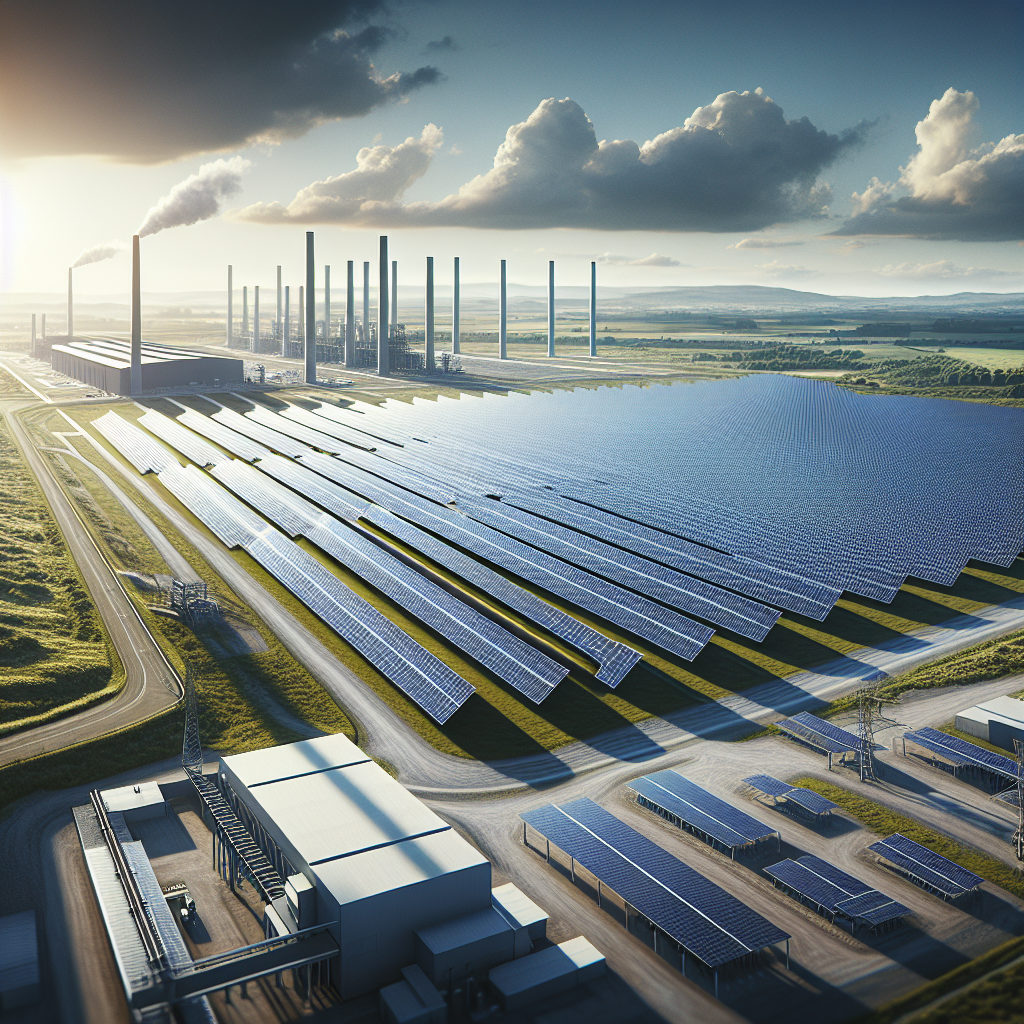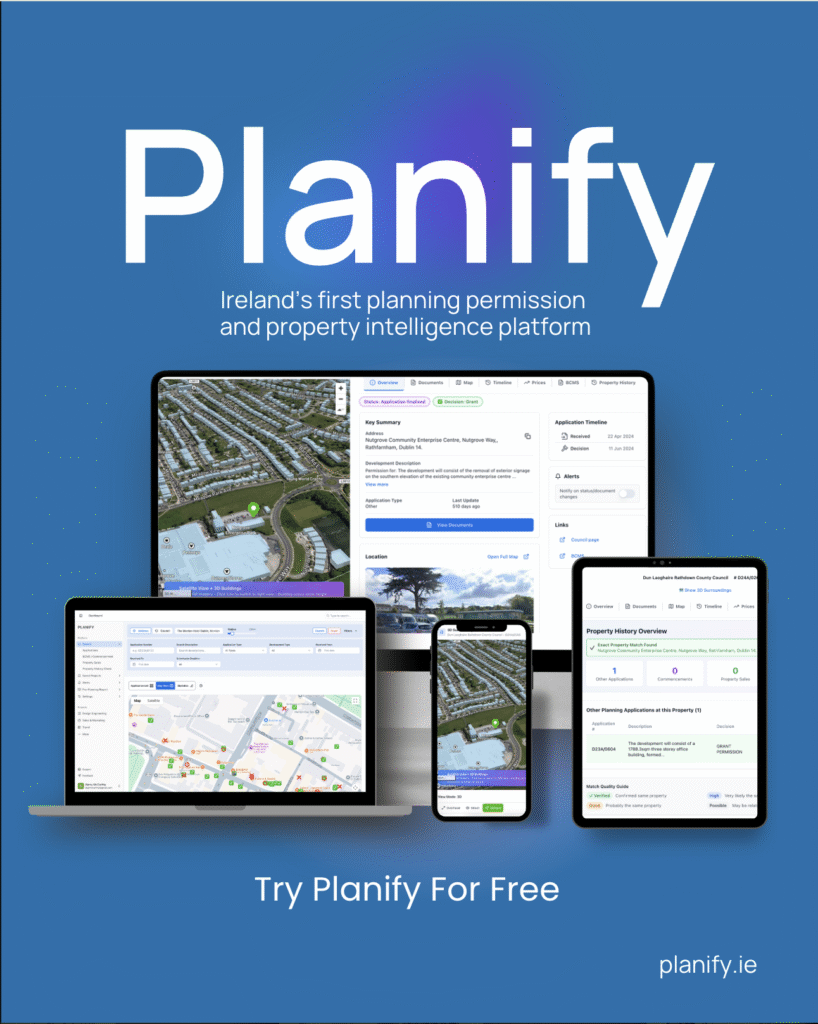The Irish housing market is experiencing shifts as falling interest rates and increased construction activity are believed to influence the trajectory of housing prices. Ronan Lyons, an economics associate professor at Trinity College Dublin, predicts changes in the availability of homes for sale, particularly in the second-hand market. This article delves into the recent trends in housing prices, construction rates, and the potential implications of these developments on the Irish property market.
The Irish housing market is witnessing a potential shift in its long-standing trend of rapidly rising housing prices. Ronan Lyons, an economics expert at Trinity College Dublin, suggests that the convergence of falling interest rates and a surge in construction activity might mark the end of a decade-long era of steep price escalations.
Recent data from the House Price Report by Daft.ie reveals that housing prices in Ireland have increased by an average of 1.8% in the first quarter of 2024. The national average listed price for homes during this period was €326,469, indicating a 5.8% increase compared to the previous year and a substantial 30% surge since the onset of the pandemic.
While the overall housing market shows an upward trend, there are notable variations in price increases across different regions. Dublin experienced a 3.2% price rise year-on-year, whereas areas like Cork, Galway, Waterford, and Limerick cities witnessed more significant spikes ranging from 7.3% to over 10%.
Despite the positive trajectory in housing prices, concerns arise regarding the limited availability of homes for sale. As of March 1st, the number of homes on the market stood at below 10,500, representing a 24% decrease compared to the previous year and hitting a new all-time low since 2007. This scarcity impacts all major regions in Ireland, highlighting the challenges in the second-hand housing market.
Ronan Lyons attributes the dwindling supply of homes to factors such as interest rate fluctuations and their impact on the second-hand market. He anticipates that as interest rates stabilize and potentially decrease later in the year, coupled with an ongoing increase in construction activities, there could be a positive shift in the housing supply scenario.
The report underscores the expectation that as fixed-rate mortgages expire for existing homeowners, there might be a gradual improvement in the availability of second-hand homes. However, the current supply levels remain significantly below the pre-pandemic era, indicating a prolonged recovery period for the second-hand market.
In conclusion, the interplay between interest rates, construction rates, and housing supply dynamics will likely shape the future trajectory of housing prices in Ireland. With the prospect of interest rates stabilizing and a surge in construction activities, there is optimism that the era of rapid price escalations may reach a turning point, ushering in a new phase for the Irish property market.
Average list prices and year-on-year changes in major Irish cities during the first quarter of 2024 are as follows:
– Dublin city: €437,125 – up 3.2%
– Cork City: €347,409 – up 7.3%
– Limerick city: €274,427 – up 10.3%
– Galway city: €378,504 – up 9.4%
– Waterford city: €247,064 – up 10.2%
– Rest of the country: €278,340 – up 7.2%
This analysis sheds light on the evolving landscape of the Irish housing market and the factors influencing its future trajectory.







